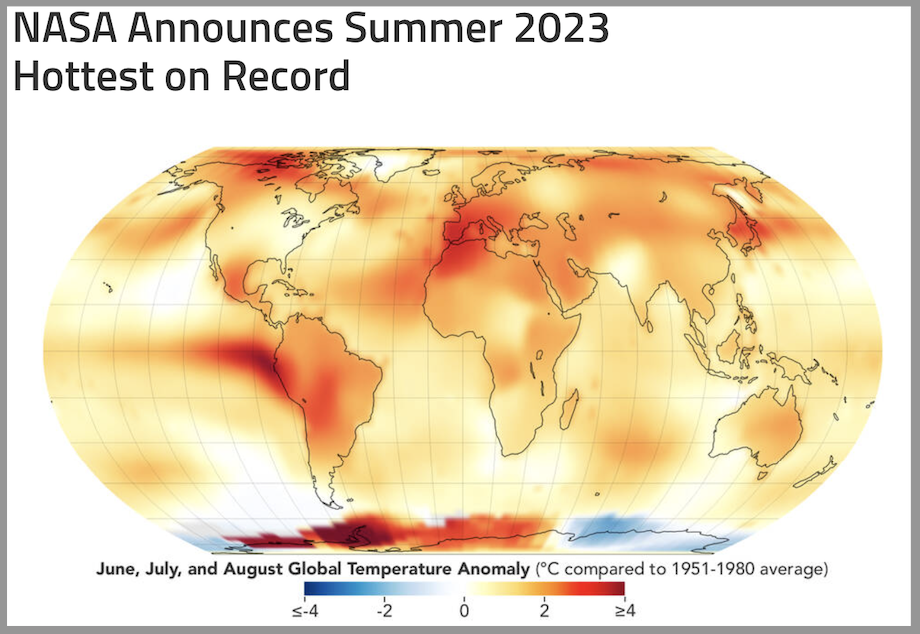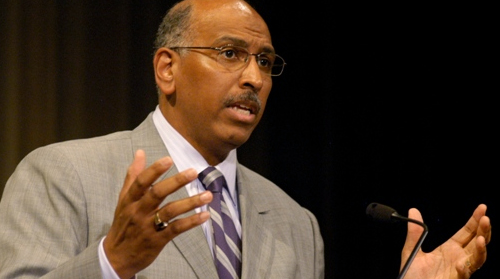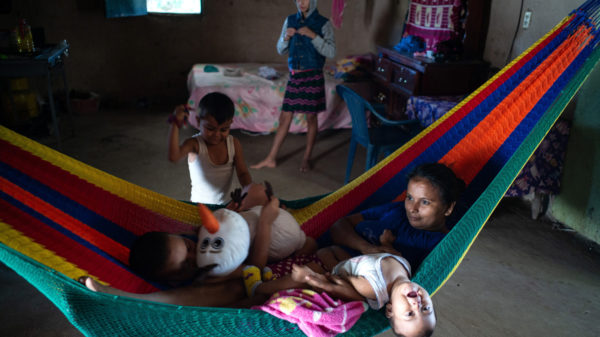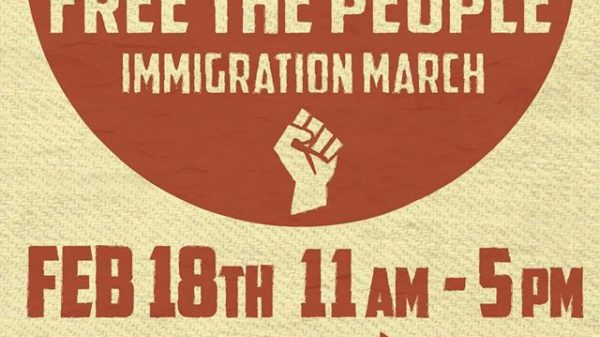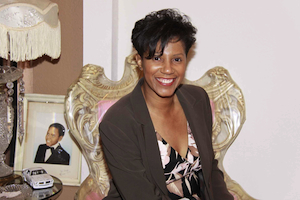In a recent briefing hosted by Ethnic Media Services (EMS), the spotlight was on the scorching issue of extreme heat and its disproportionate impact on vulnerable communities in major U.S. cities. Leading experts in this field, including Jane Gilbert, Chief Heat Officer of the City of Miami, Florida; David Hondula, Director of the Office of Heat Response and Mitigation in Phoenix; and Marta Segura, Chief Heat Officer of the City of Los Angeles, shared their valuable experiences and strategies for combating extreme heat events in their respective urban landscapes.
Marta Segura, Chief Heat Officer of Los Angeles, initiated the discussion by outlining the challenges the city faced during its sweltering summers. Comparing the current summer to the previous year, she noted a more manageable situation. The preceding summer had witnessed record-breaking heat, including a relentless ten-day heatwave, during which Marta assumed her role as Chief Heat Officer. She expressed her gratitude for the support and guidance received from her colleagues, Jane Gilbert and David Hondula, who had pioneered the field of heat response.
Key Strategies and Initiatives Discussed:
Heat Season Awareness: Marta endorsed Jane Gilbert’s approach of referring to summer as a “heat season,” aligning with Los Angeles’ extended period of high temperatures from mid-June to mid-November. This shift in perspective helped to raise awareness about the prolonged heat risks.
Infrastructure Modification: Marta emphasized the need to adapt the city’s infrastructure to extreme heat to create livable, walkable, and inhabitable urban environments. Los Angeles was investing in equitable decarbonization of buildings, transportation systems, and energy systems to combat extreme heat.
Community Collaboration: Close cooperation with community leaders, particularly those representing frontline communities, was a top priority. The flagship program, Climate Equity LA, fostered collaboration.
Heat Relief Campaign: A significant effort was made to educate and engage the public through the “Heat Relief for LA” campaign, conducted in seven different languages. Campaign materials were featured on bus shelters and buses, and numerous events were organized.
Nonprofit Partnerships: Marta highlighted the vital role played by nonprofit organizations in supporting the campaign, not only in social media outreach but also through compensation for their efforts in community health education.
Grants and Funding: The city had pursued federal and state grants to expand its infrastructure and capacity for heat mitigation.
Integrated Planning: Marta stressed the importance of integrating extreme heat mitigation into existing climate action plans, local hazard mitigation plans, and general plans. Los Angeles was actively developing a Heat Action and Resilience Plan to address this urgent challenge.
In conclusion, Marta emphasized that extreme heat was now recognized as a primary climate hazard in Los Angeles, a recognition achieved through her office’s tireless work and advocacy. By embedding heat mitigation strategies into existing plans, the city aimed to optimize its resources and investments to effectively combat extreme heat and climate change.
This briefing unveiled the proactive measures taken by cities like Los Angeles to tackle the escalating threat of extreme heat, underscoring the significance of coordinated efforts, community engagement, and integrated planning in building safer and more resilient urban environments.
Following Marta’s insights, Jane Gilbert, Chief Heat Officer of the City of Miami, shared the unique circumstances that led to the creation of her position. Having previously served as the City’s first Chief Resilience Officer, focusing on sea-level rise and hurricane risks, Jane realized during outreach for the city’s climate resilience strategy that extreme heat was a rapidly growing concern, particularly among vulnerable communities.
In 2020, surveys and focus groups conducted by community-based organizations in Miami unveiled extreme heat as the top concern for residents, affecting their daily lives at work, home, and within their communities. This signaled a pressing issue.
Recognizing this urgency, Miami’s mayor collaborated with the Rockefeller Foundation Resilience Center to establish the role of Chief Heat Officer, tasked with coordinating a unified response. Jane emphasized that addressing extreme heat required a multifaceted approach, involving multiple city departments and community stakeholders.
Jane underscored a valuable lesson: the power of collaboration. She stressed that meaningful impact required working alongside a variety of stakeholders, including the state health department, the National Weather Service, community-based organizations, universities, and the city’s 34 municipalities.
Miami’s actions were categorized into three primary goals:
Inform, Prepare, and Protect People: Jane highlighted the importance of proactively informing and preparing the community for extreme heat, rather than waiting for heat advisories or warnings. Outreach efforts spanned social media, traditional media, bus shelter ads, radio, and YouTube, with materials available in English, Spanish, and Haitian Creole. Community-based organizations and volunteers played a pivotal role in raising awareness.
Help People Cool Their Homes Affordably: Miami initiated programs to facilitate affordable home cooling for residents. These measures included expanding the weatherization program, launching an AmeriCorps Energy Corps program to retrofit rental properties, and educating homeowners and tenants on energy-saving solutions.
Cooling Neighborhoods through Urban Forestry: Miami had ambitious plans to increase its tree canopy from 20% to 30%, involving policy changes and collaborative partnerships with school districts, faith-based communities, and organizations like the USTA, which committed $10 million to focus on street trees in vulnerable areas.
Jane’s presentation showcased the comprehensive approach Miami was taking to address extreme heat and safeguard its vulnerable communities. The city’s proactive efforts, collaborative endeavors, and innovative programs exemplified the importance of adapting to the challenges posed by climate change.
Subsequently, David Hondula, Director of the Office of Heat Response and Mitigation in Phoenix, shared his unique journey into this critical role and the strategies being implemented in Phoenix to confront extreme heat.
David’s path to this role differed from Jane and Marta’s, originating from an academic background with a focus on researching the governance gap for heat at all levels of government. The Phoenix City Council decided to establish an office within the city manager’s office to address this issue, and David assumed leadership almost two years ago.
He acknowledged that most of his team members were newcomers to local government, arriving with diverse backgrounds encompassing the private sector and academia. This fresh perspective allowed them to ask unconventional questions and discover creative solutions.
David placed significant emphasis on collaboration, echoing Jane’s earlier point that “we go far together.” To effectively address heat-related challenges, they needed to comprehend the intricacies of local government, including procurement and legal processes.
Furthermore, the team identified gaps in bilingual accessibility within government processes, recognizing its importance in a multicultural city like Phoenix.
Addressing the summer’s challenges in Phoenix, David pointed out a record number of 110-degree days and a substantial rise in heat-related 911 calls and heat-associated deaths. Notably, about half of these heat-associated deaths occurred among individuals experiencing homelessness, often linked with substance use.
Their immediate efforts were directed at engaging with the homeless population and providing accessible cooling centers. However, they acknowledged the need for professionalization in managing these centers to ensure safety and effectiveness.
Beyond discussing the challenges, David eagerly shared insights on tree planting and cool pavement initiatives in Phoenix. He emphasized the need for an ongoing national conversation about heat mitigation and expressed hope that they were at an inflection point in addressing this critical issue.
David’s presentation illuminated the distinctive perspective he brought to the role, underscoring the importance of interdisciplinary collaboration and adaptability when confronting extreme heat challenges in a rapidly changing climate.
In conclusion, in the face of escalating extreme heat challenges, these Chief Heat Officers from LA, Miami, and Phoenix have demonstrated that proactive collaboration, community engagement, and innovative strategies are the keys to building resilient and safer urban environments. Their insights offer a beacon of hope, showing that cities can effectively adapt and respond to the pressing issue of extreme heat, making strides in the battle against climate change, and ensuring a more sustainable future for all.
#ExtremeHeat #ClimateAction #HeatMitigation #UrbanResilience #HeatRelief #CommunityCollaboration #ClimateChange #HeatAwareness #CityPlanning #ClimateAdaptation #VulnerableCommunities #UrbanForestry #ClimateResilience #HeatResponse #WeatherPreparedness #HomelessSupport #CityManagement #HeatSafety #SustainableCities #HeatCampaigns #HeatAdvisory

